Driving a torquey common rail diesel uphill is always great fun. More so if you have manual control over the gears. Even more so if the gearshift does not involve using a clutch pedal. 'Drive' and 'Sports' modes are for the uninitiated.
This is a DSG, and in manual mode there's very little else in that price band that can bring a smile to the face. Except two things:
1. There's no paddle shift on the steering wheel, and the left hand has to be off the steering to make those shifts; and
2. Like any other European car, the headlight and turn indicator switch stalk is on the left.
Between the two (gear shifting & headlight/indicator operation), the left hand has too much to do on the busy highway - and that takes away a bit of the pleasure.
Some of the contestants reported a lag in gearshift times when driving in manual mode - happened to me too, until it dawned on me that I wasn't lifting off from the accelerator pedal when shifting. The ECM then decided to do its own engine rpm adjustments to prevent over-revving between / after shifts, and this took a bit of time. Lift off from the throttle like one shifts a manual gearbox, shift, and floor the throttle again - the quickness of the shift cannot obviously be matched with a manual 'box.
Through the high-volume traffic on NH22, the Octavia's free-revving diesel responds exactly how you want it to. Point the nose into a gap, downshift to 2nd gear, floor the A-pedal and the car rockets into the gap well before you'd expect it to. The rev counter is redlined at 5000 rpm, but I never hit the rev limiter - the torque let me carry through into 3rd and 4th after 4000 rpm. Pointless to rev beyond this.
Truth be told, I hadn't taken an ESC (electronic stability control) equipped car into the mountains before this. Yes, I know how it works. Yes, I expect it to keep the car on the road. Yes to all the advice. But one needs to feel it to be impressed. Right around tight bends, the car held its line at 70 km/h, over rough patches that would make a non-ESC vehicle skitter sideways. Over slush where I was expecting the inside front wheel to spin out some of the power, it refused to. This is one exemplary stable car on twisting roads, rough patches or not.
Turning off ESC is not through a simple push of a button - you need to go to the Car menu on the infotainment system, and deactivate it from there. Given how the car handled with ESC on, I wasn't interested to test it with ESC off.
The only grouse I had was that the rear suspension felt rather jittery and harsh. The tail held its line alright, but it thrashed over potholes and imperfections. I figured out the reason the next morning, while driving the 1.8TSi on the return journey (now that's a whole different level of experience - I'll describe it as we get to that stage).
The diesel (and the 1.4L TSi, which I didn't get to drive) gets a solid torsion beam rear axle on coils as seen in the picture below.

The 1.8 TSi, on the other hand, gets independent multilink rear suspension on coils (pic below), and this has far superior comfort and stability.
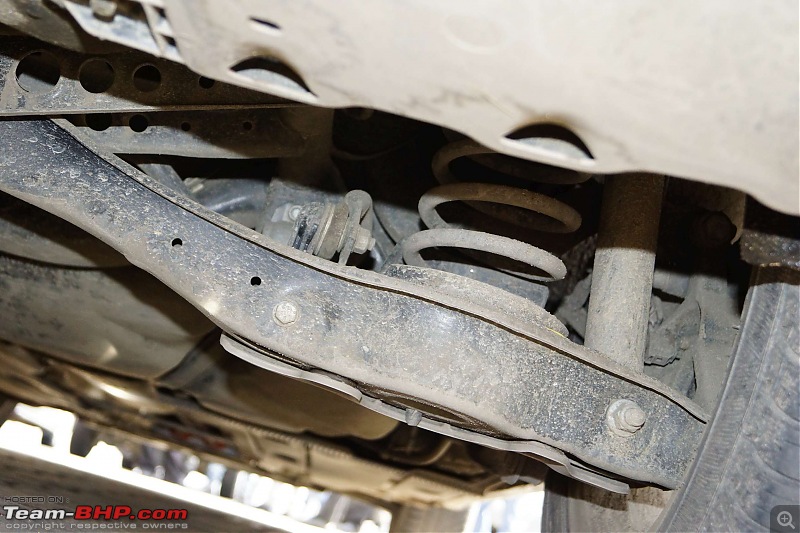
Skoda engineers (or accountants) in their infinite wisdom (or cost-cutting endeavours) have decided that when this car has an engine below a certain power level (150-160 bhp), it gets the torsion beam. The diesel is almost as fast as the 1.8 petrol, the car is a tad (~20 kg) heavier, and the less competent suspension certainly makes one feel a little shortchanged.
One more surprise element. At 155 mm, I thought the ground clearance would be a handicap on the roads we were driving on. Thanks to a stiff suspension, neither Ardy nor I managed to get the underbody to take a hit anywhere (not that we tried THAT hard!

). All versions get 'Underbody Protective Cover' and 'Rough Road Package' as standard, but don't ask me how effective they are - we hadn't deployed them!
205/55R16 Goodyear NCT on all versions and trim levels (the base Active trim will have 5-spoke alloys instead of the ones you see below) - and 55 profile IMO is not the best thing to have on the roads we travelled. A part of the harshness of the suspension can definitely be attributed to this, and I'd actually love to check out how the car feels with (perhaps) 65 profile tyres on 15" wheels.

 (26)
Thanks
(26)
Thanks

 (16)
Thanks
(16)
Thanks

 (13)
Thanks
(13)
Thanks

 (21)
Thanks
(21)
Thanks

 (16)
Thanks
(16)
Thanks

 (14)
Thanks
(14)
Thanks

 (17)
Thanks
(17)
Thanks

 (12)
Thanks
(12)
Thanks

 (50)
Thanks
(50)
Thanks

 (1)
Thanks
(1)
Thanks
 (1)
Thanks
(1)
Thanks
 (1)
Thanks
(1)
Thanks

 (1)
Thanks
(1)
Thanks
 (1)
Thanks
(1)
Thanks
 (1)
Thanks
(1)
Thanks





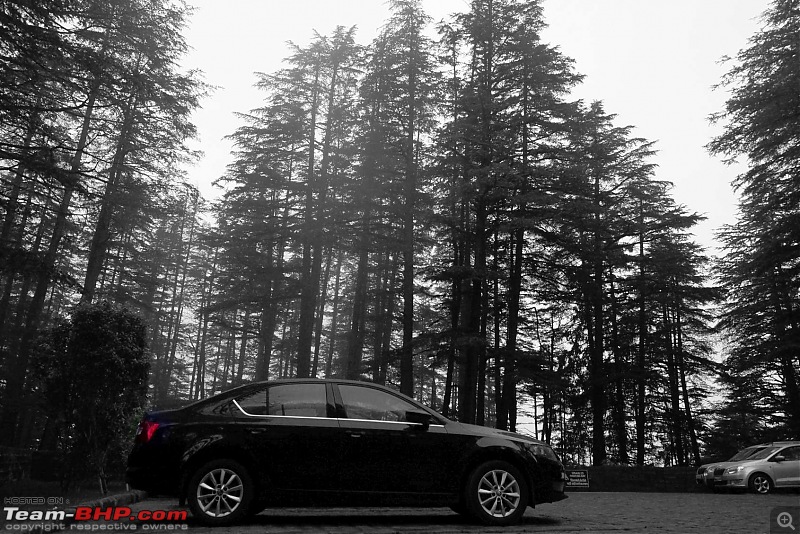



 Soon after, Ardy and I got switched to a Laura for the trip.
Soon after, Ardy and I got switched to a Laura for the trip.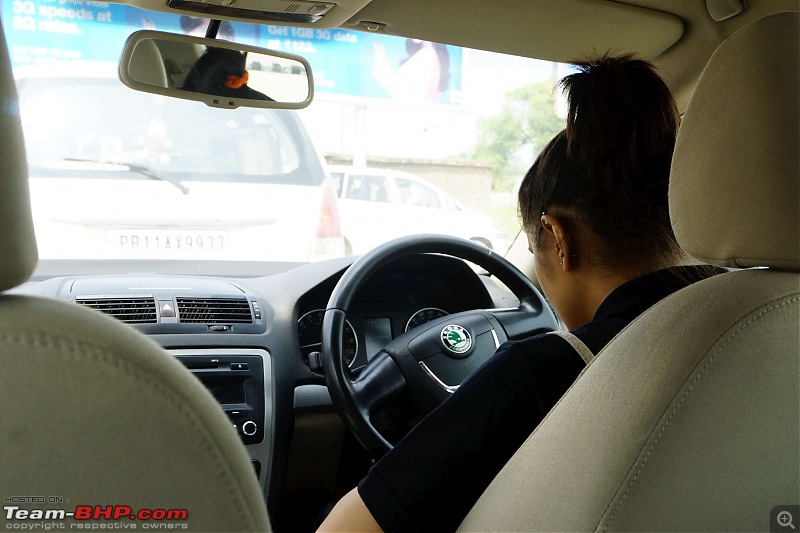
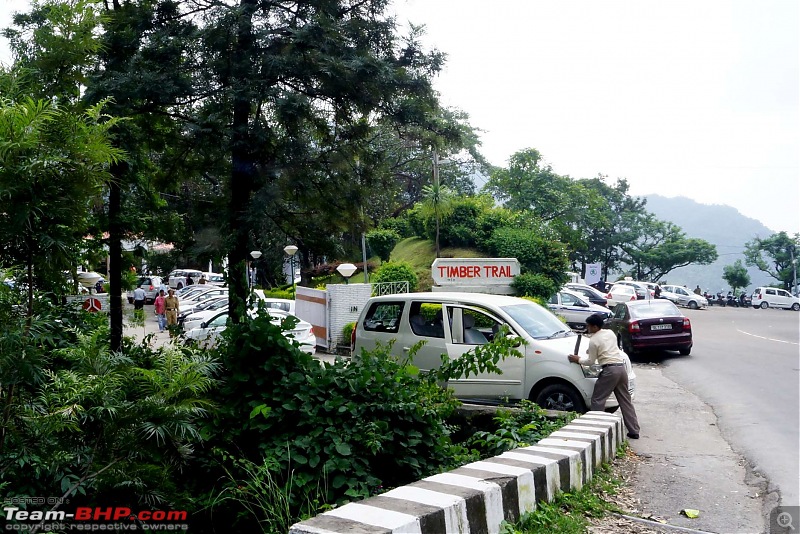
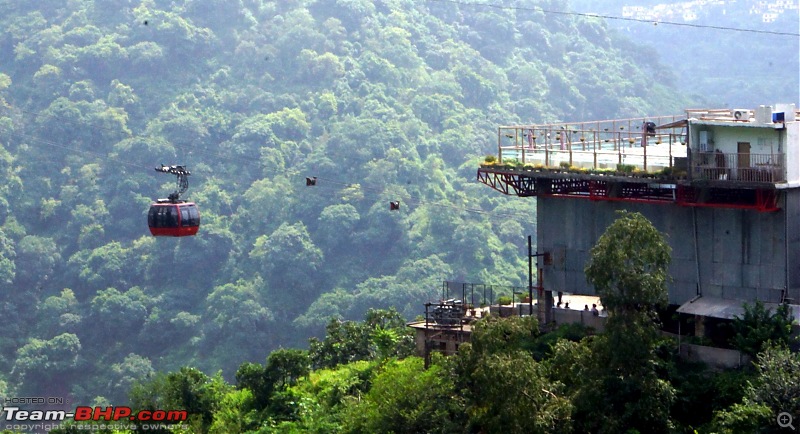


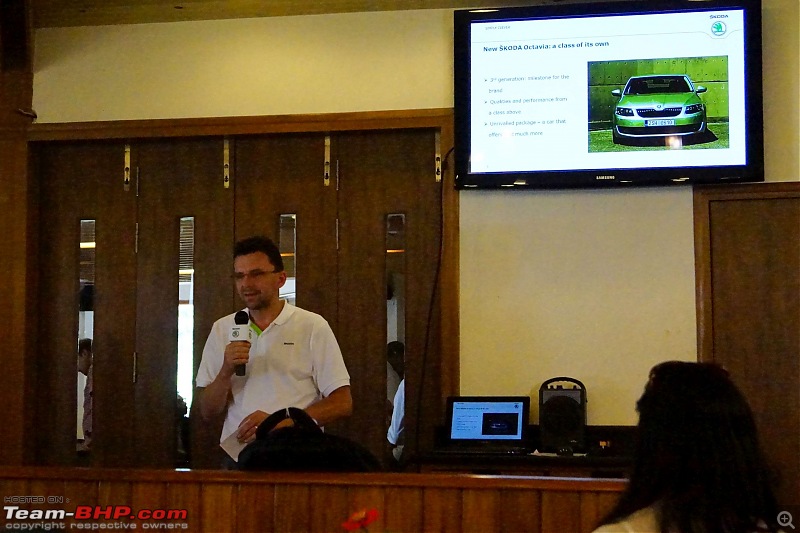

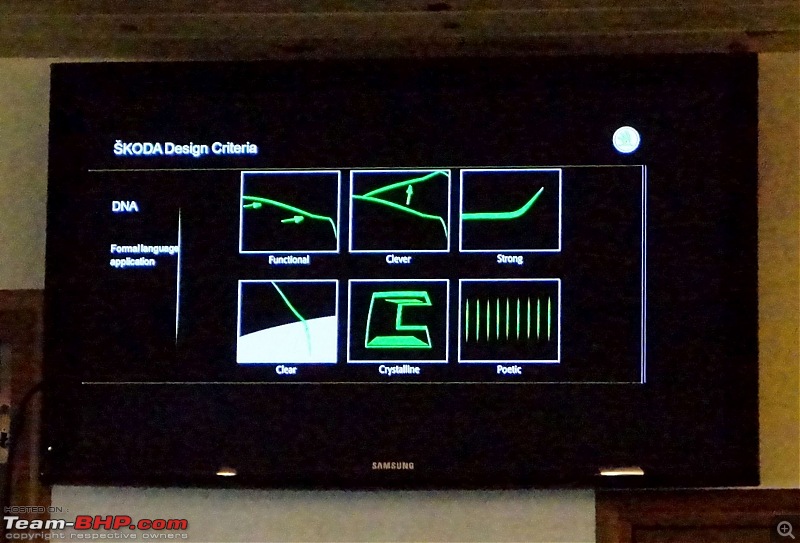
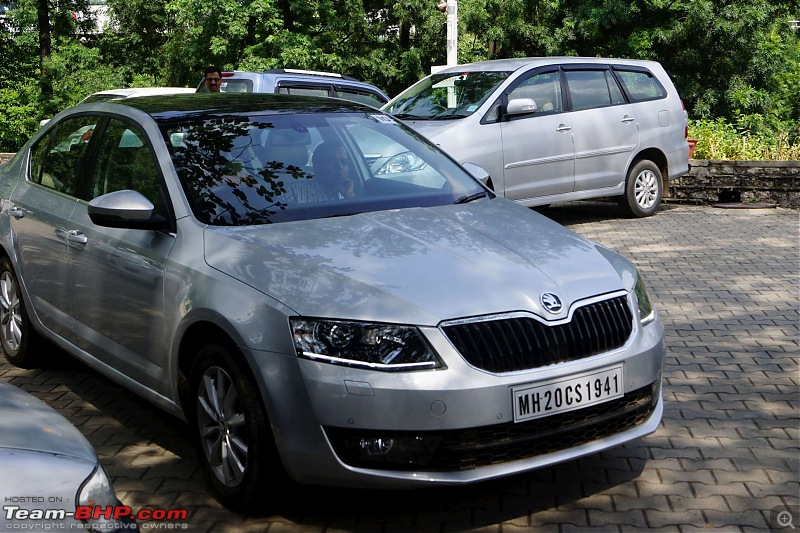
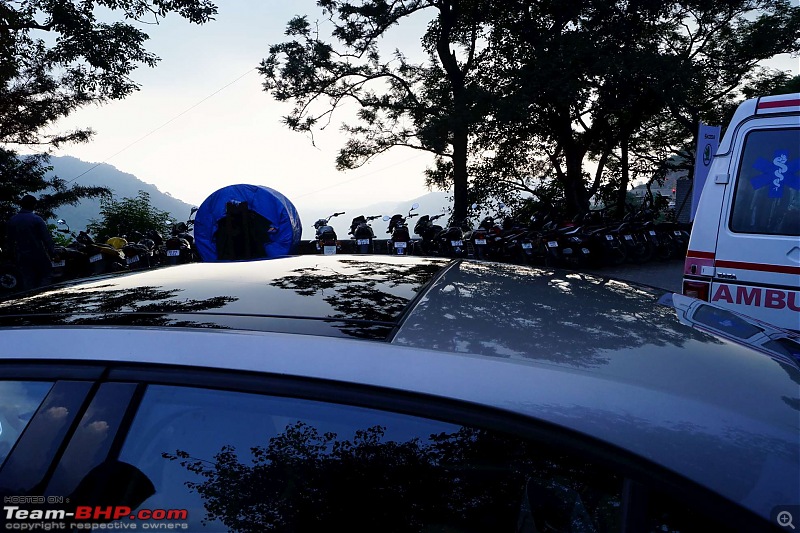

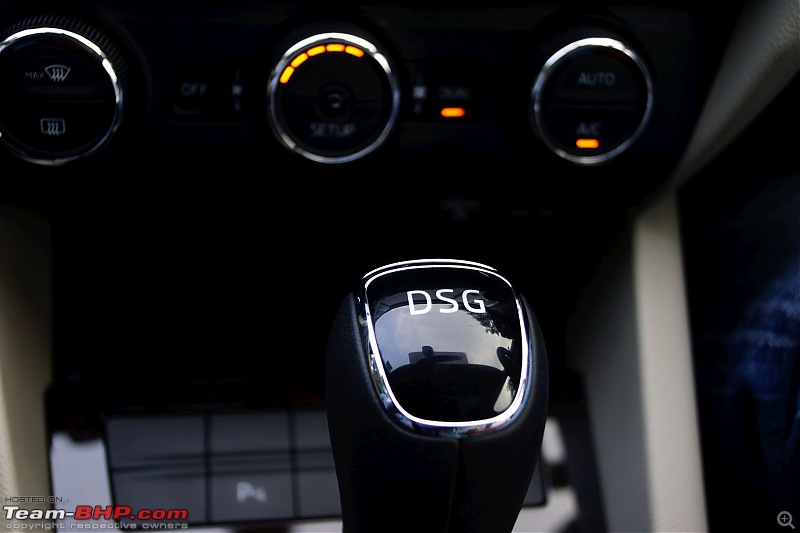
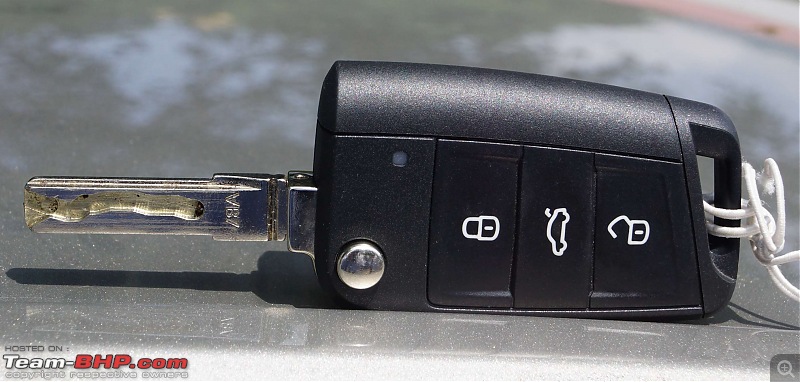
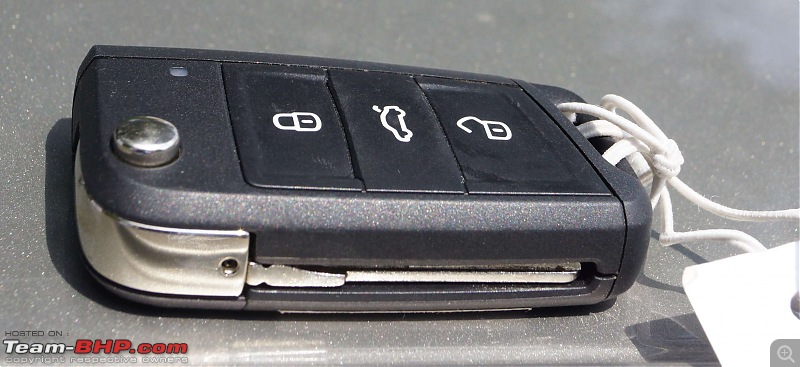
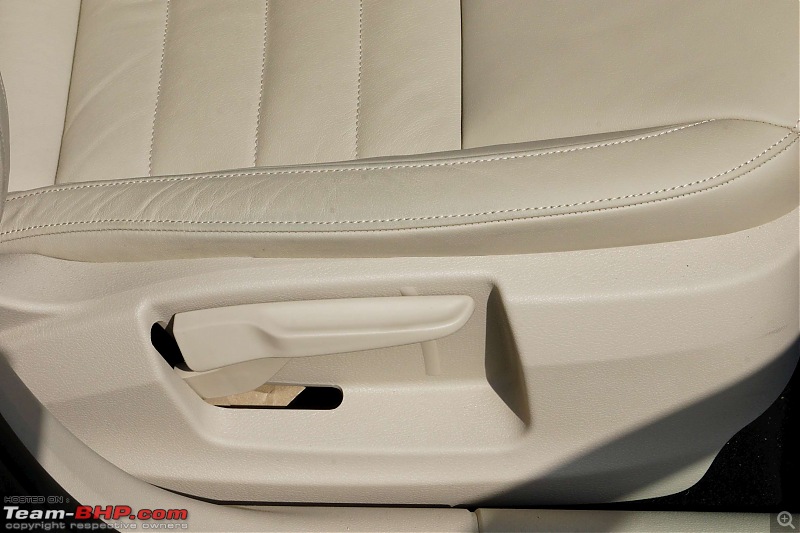
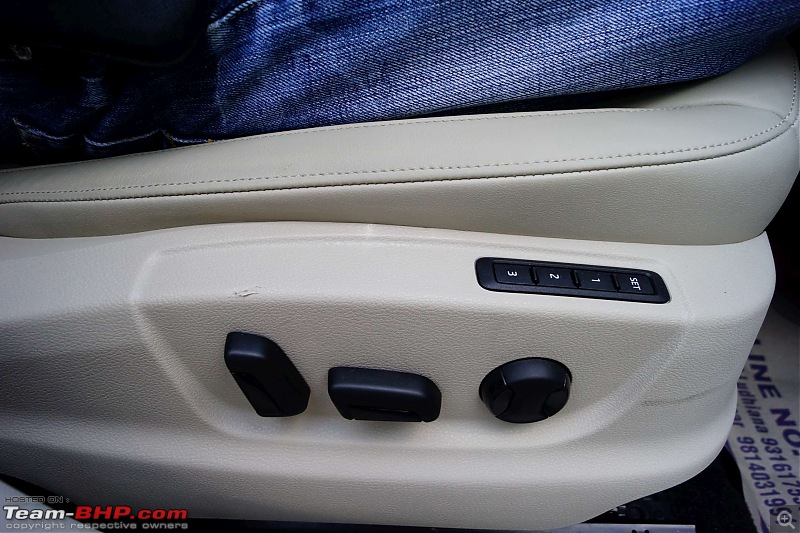
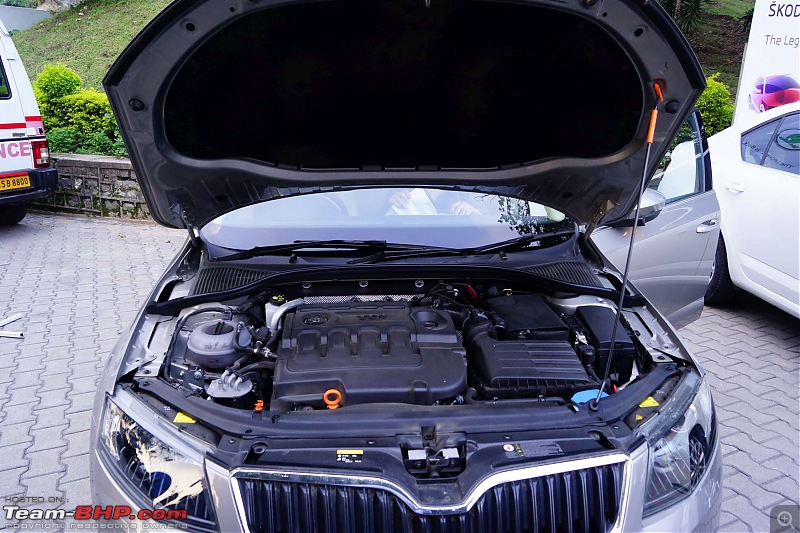
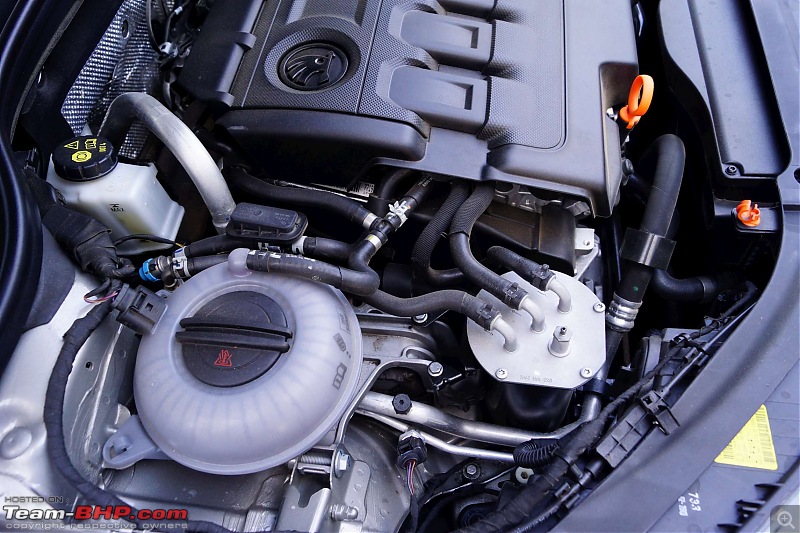
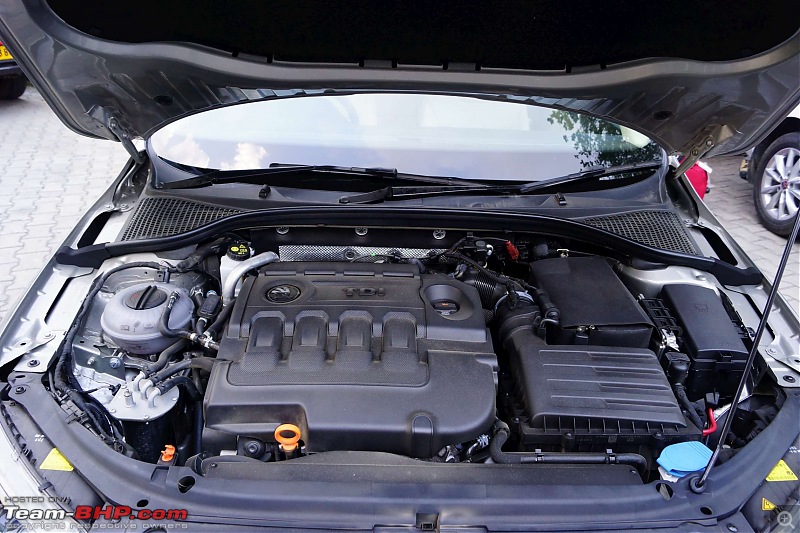
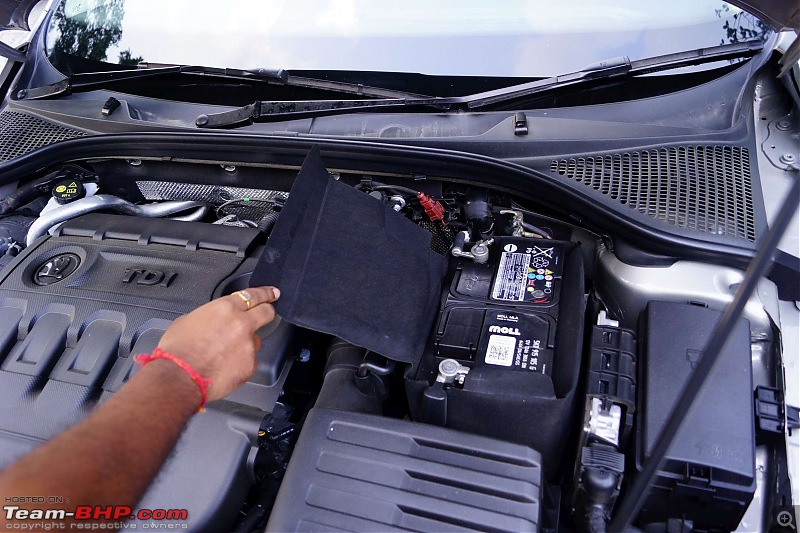
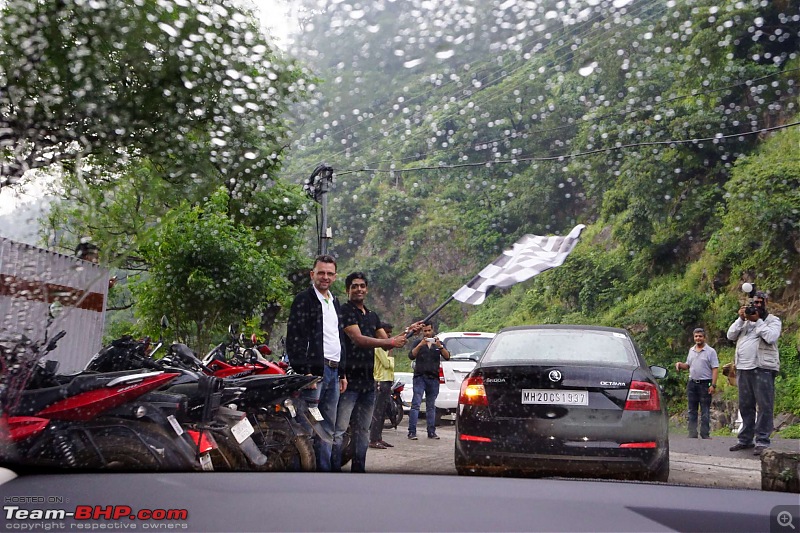
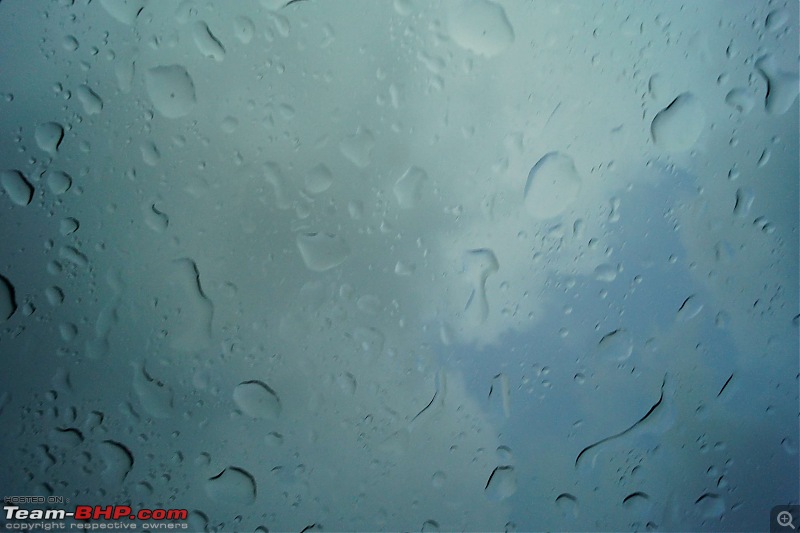
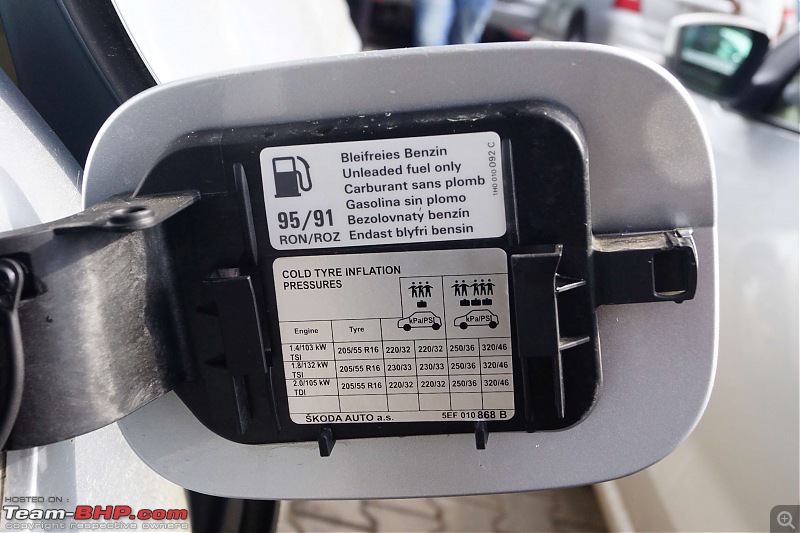
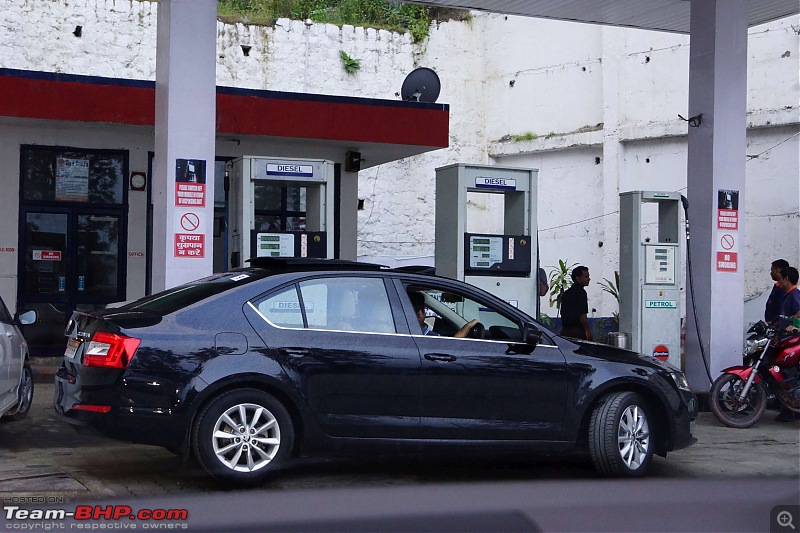
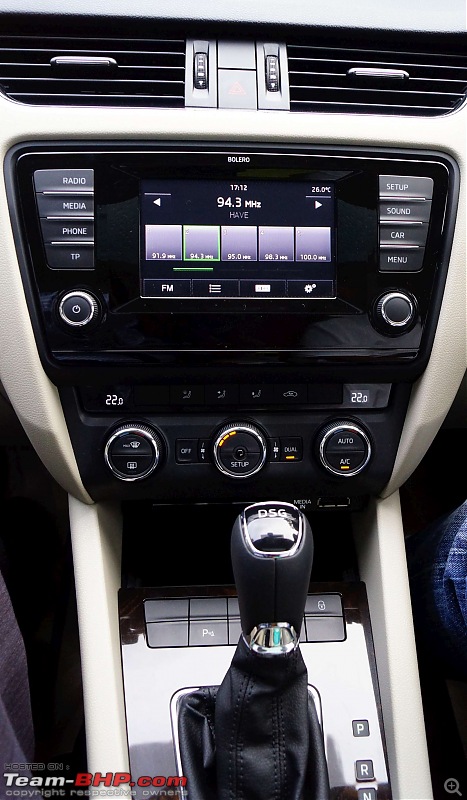
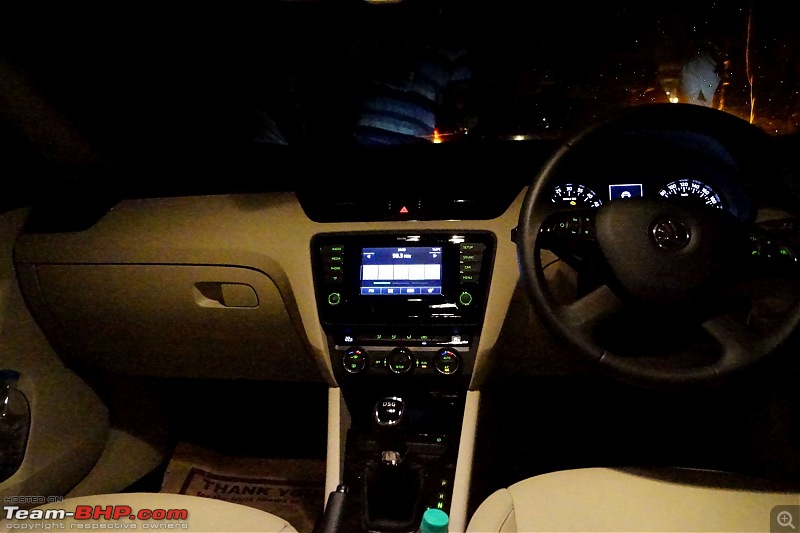
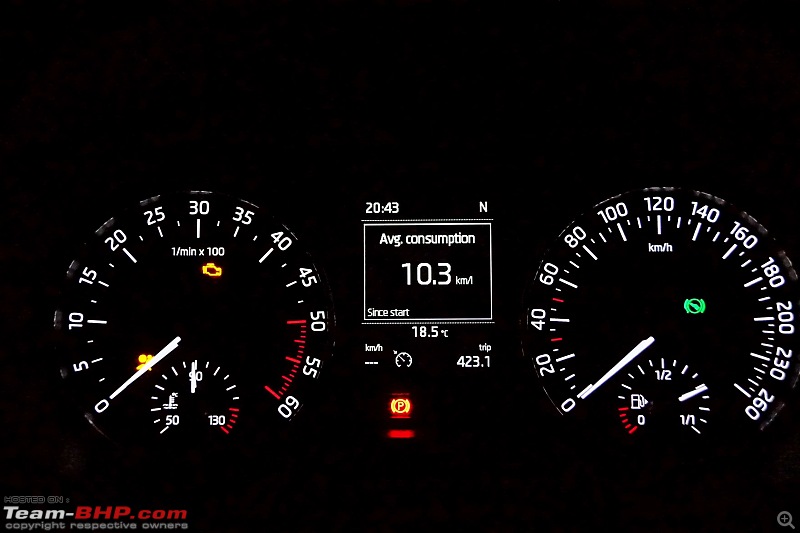


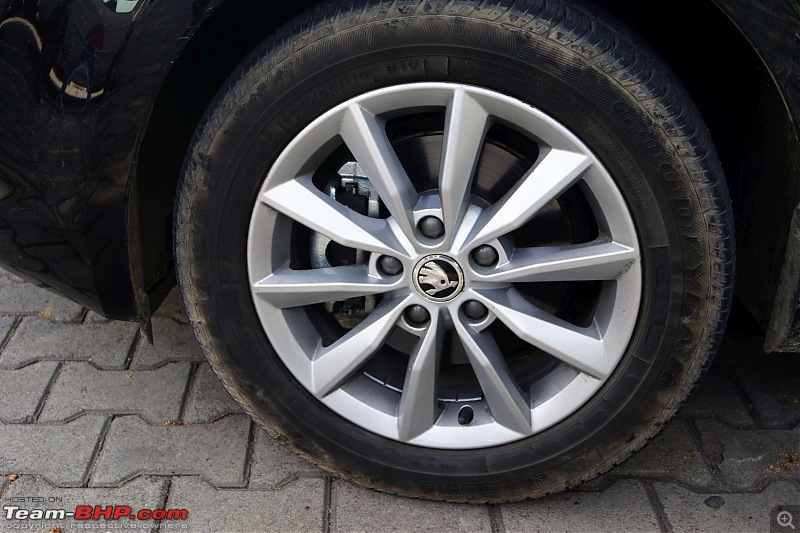
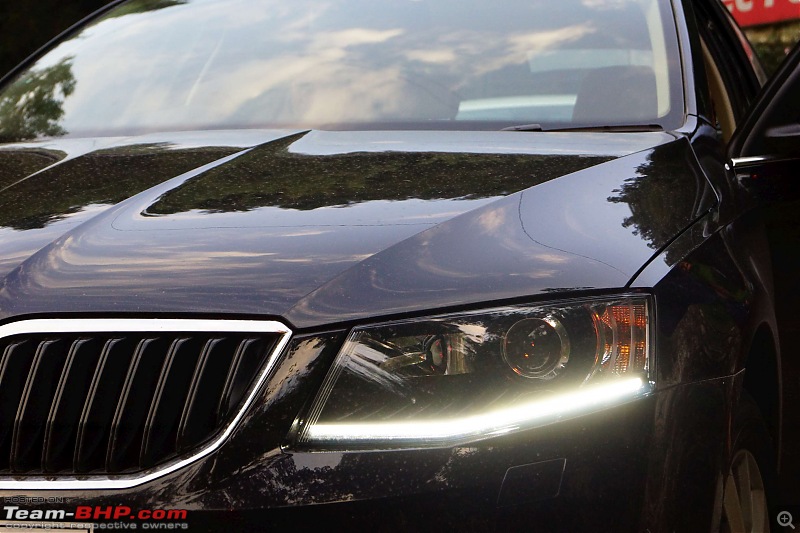
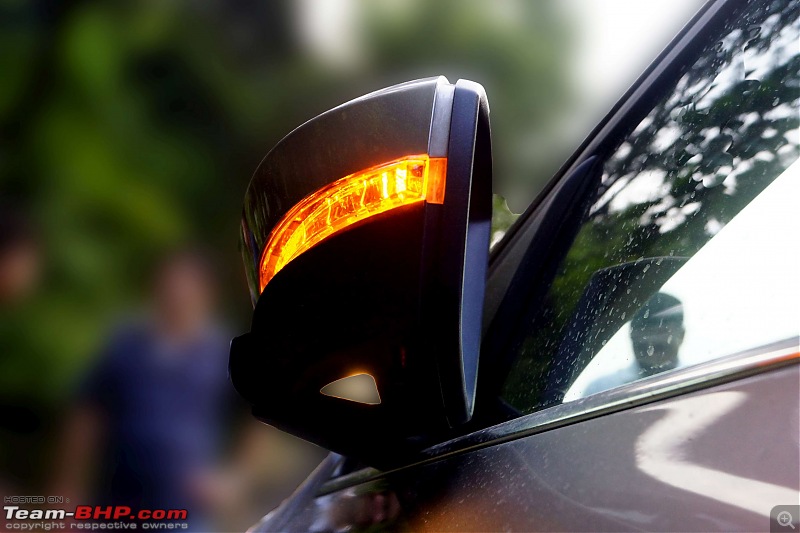
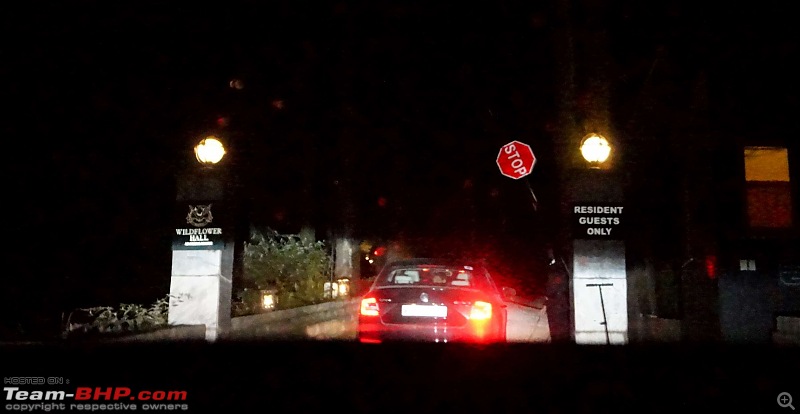







 . And thanks a lot for the compact yet very informative review. Nice pictures. I really loved the diesel engine bay. Very well arranged & perfectly covered. Looks elegant - but will be hard to work with on our own probably. Thanks again!
. And thanks a lot for the compact yet very informative review. Nice pictures. I really loved the diesel engine bay. Very well arranged & perfectly covered. Looks elegant - but will be hard to work with on our own probably. Thanks again!